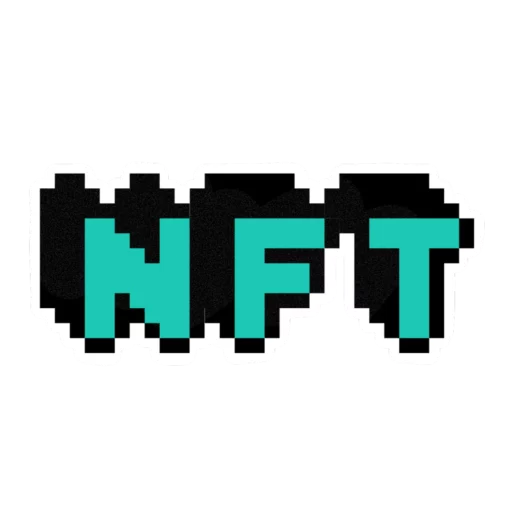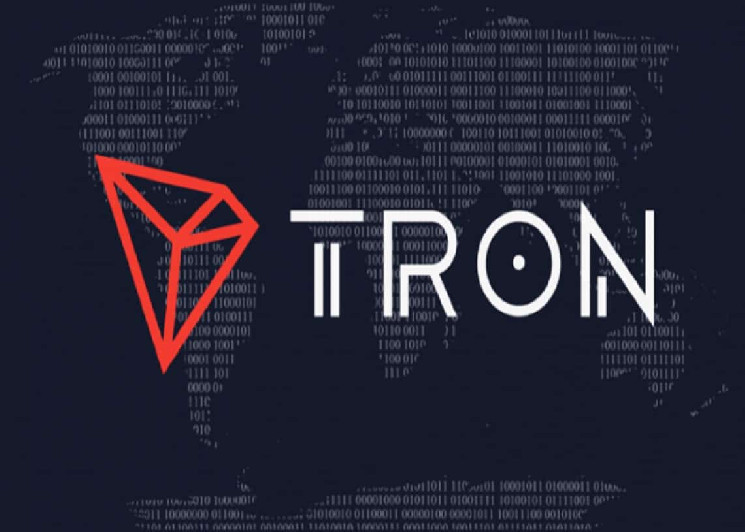Bitcoin’s new Runes fungible token standard, launched during the quadrennial halving event, led to unprecedented network fees on the original blockchain network. The Cayman Islands-based exchange, Gate.io, quickly listed three of the earliest Runes tokens on Bitcoin: SATOSHI•NAKAMOTO, MEME•ECONOMICS, and WANKO•MANKO•RUNES.
Gate.io’s move to list these tokens reflects the rush to mint Runes tokens upon the protocol’s launch. Securing an early slot for a project can add provenance and appeal, similar to the trend seen with NFT-like Ordinals on Bitcoin last year. The buzz surrounding the rapid minting of these projects, along with the ability to cover sizable network fees from the outset, may influence centralized exchanges’ choice of Runes tokens for listing.
Additionally, social media speculation suggests that the initial 10 Runes tokens, including the story-inspired WANKO•MANKO•RUNES, are prime candidates for exchange listings. Notable tokens among the first projects include Rodarmor’s uncapped UNCOMMON•GOODS, DOG•GO•TO•THE•MOON linked to the Runestone Ordinals project, and RSIC•GENESIS•RUNE tied to the airdropped Ordinals collection, RSIC.
Centralized exchanges play a vital role in legitimizing assets and reaching a wider audience compared to decentralized platforms. The recent hint from Binance about a potential interest in listing Runes tokens adds to the excitement surrounding the protocol. Gate.io’s past track record of early adoption, such as with ORDI, the first BRC-20 token, hints at a similar pioneering role in listing Runes tokens.
Runes, a new token standard on the Bitcoin blockchain, enables the creation of non-unique tokens for exchange, distinct from NFT-like assets. As an efficient implementation, Runes could expand the appeal of creating tokens on the Bitcoin network, similar to the proliferation of new cryptocurrencies on Ethereum and Solana. The potential adoption by more centralized exchanges could further boost the popularity and utility of the Runes protocol in the crypto industry.









